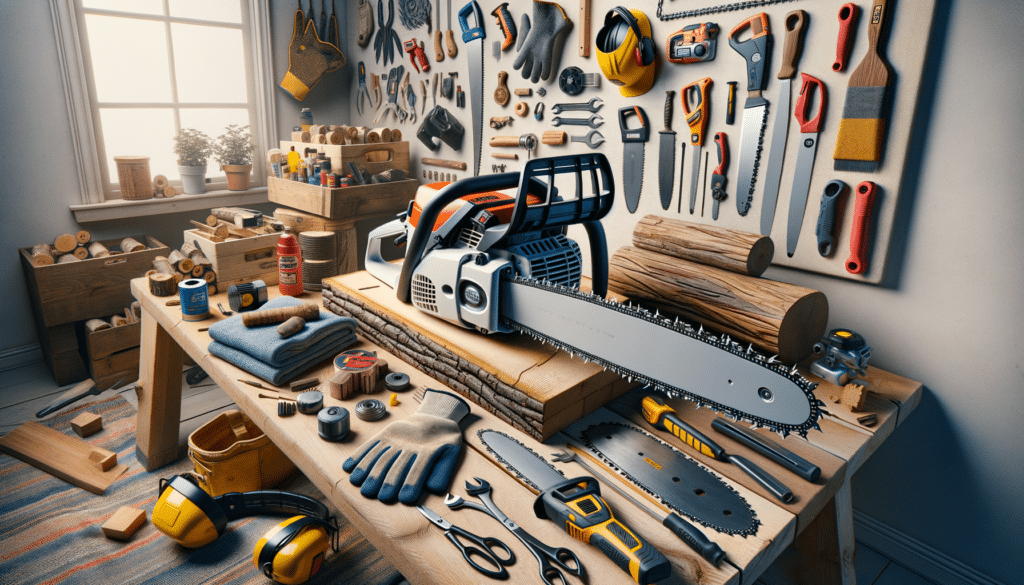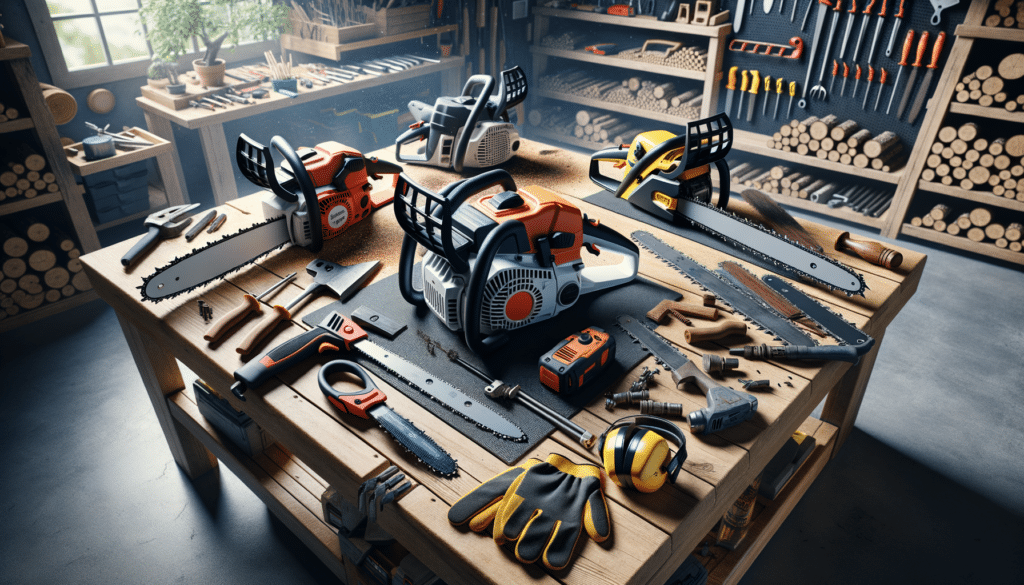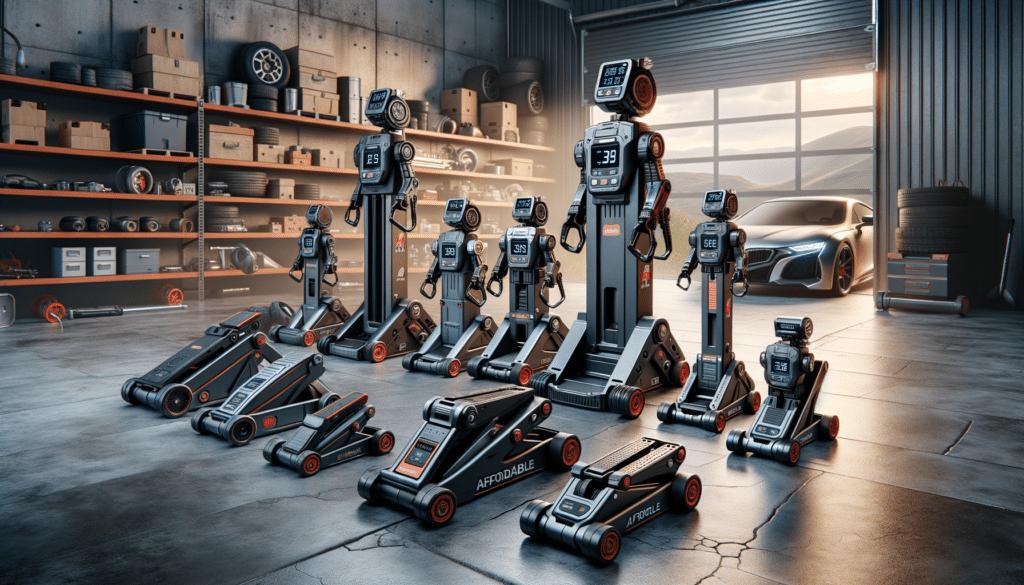Understanding Chainsaws: Types and Uses
Chainsaws have become an essential tool for homeowners and DIY enthusiasts alike. Whether you’re trimming trees, cutting firewood, or tackling home renovation projects, a chainsaw can make these tasks significantly easier. Chainsaws come in various types, each designed for specific uses, and understanding these differences is crucial in selecting the right tool for the job.
There are primarily three types of chainsaws: gas-powered, electric, and battery-operated. Gas-powered chainsaws are known for their power and mobility, making them suitable for heavy-duty tasks. They are often favored by professionals for their ability to handle large trees and extensive cutting jobs. However, they require regular maintenance, including fuel mixing and engine upkeep.
Electric chainsaws, on the other hand, are more suitable for smaller tasks. They are quieter, lighter, and easier to handle, making them ideal for residential use. They do require a power source, which can limit mobility, but advancements in technology have made them a popular choice for many homeowners.
Battery-operated chainsaws offer a balance between the power of gas and the convenience of electric chainsaws. They are cordless, providing greater mobility, and modern models have improved battery life and power, making them suitable for a variety of tasks.
Key considerations when choosing a chainsaw include the size of the project, the frequency of use, and the user’s experience level. For instance, a homeowner looking to occasionally prune trees might prefer a lightweight electric model, whereas a DIY enthusiast working on larger projects might opt for a more powerful gas or battery-operated chainsaw.
Safety First: Essential Chainsaw Safety Tips
Safety is paramount when operating a chainsaw. These powerful tools can be dangerous if not used correctly, so it’s important to familiarize yourself with safety protocols before starting any project. Here are some essential safety tips to keep in mind:
- Wear protective gear: Safety goggles, gloves, ear protection, and sturdy footwear are essential when operating a chainsaw.
- Read the manual: Understanding how your specific chainsaw operates is crucial. Each model may have unique features and safety mechanisms.
- Inspect the chainsaw: Before each use, check for any damage or wear and ensure the chain is properly tensioned and lubricated.
- Maintain a firm grip: Always hold the chainsaw with both hands and maintain a balanced stance while cutting.
- Be aware of your surroundings: Clear the area of obstacles and ensure no one is within the danger zone while operating the chainsaw.
Following these safety tips can significantly reduce the risk of accidents and ensure a smooth and successful operation.
Chainsaw Maintenance: Keeping Your Tool in Top Shape
Regular maintenance is key to ensuring the longevity and efficiency of your chainsaw. Proper care not only extends the life of the tool but also enhances its performance. Here are some maintenance tips to keep your chainsaw in excellent condition:
- Clean the chainsaw: After each use, remove debris and sawdust from the chain and guide bar to prevent buildup and ensure smooth operation.
- Sharpen the chain: A sharp chain cuts more efficiently and reduces strain on the motor. Regularly inspect and sharpen the chain as needed.
- Check the tension: Proper chain tension is crucial for safe operation. A loose chain can derail, while an overly tight chain can cause excessive wear.
- Lubricate the chain: Ensure the chain is well-lubricated to reduce friction and prevent overheating.
- Inspect the air filter: Clean or replace the air filter regularly to maintain optimal engine performance.
By adhering to these maintenance practices, you can ensure that your chainsaw remains a reliable and efficient tool for years to come.
Choosing the Right Chainsaw for Your Needs
Selecting the right chainsaw involves considering several factors, including the type of projects you plan to undertake, your experience level, and your budget. Here’s a breakdown of what to consider when choosing a chainsaw:
Project Type: Determine the primary use of the chainsaw. For light pruning and small tasks, a compact electric or battery-operated chainsaw may suffice. For larger projects, a more powerful gas model might be necessary.
Experience Level: Beginners may prefer a lightweight, easy-to-handle chainsaw with safety features such as an automatic chain brake. Experienced users might opt for more powerful models with additional features.
Budget: Chainsaws vary widely in price. It’s important to balance cost with features and durability. Investing in a reputable brand with reliable customer support can be beneficial in the long run.
Ergonomics: Consider the weight and design of the chainsaw. A well-balanced tool with comfortable grips can reduce fatigue during extended use.
By evaluating these factors, you can choose a chainsaw that best fits your needs and ensures efficient and safe operation.
Innovative Features in Modern Chainsaws
The world of chainsaws has seen significant advancements in recent years, with modern models offering a range of innovative features designed to enhance performance and user experience. Here are some noteworthy features found in contemporary chainsaws:
- Automatic Chain Oiling: This feature ensures the chain remains lubricated during operation, reducing wear and extending the life of the chain.
- Tool-Free Chain Tensioning: Many modern chainsaws allow for easy chain adjustments without the need for additional tools, making maintenance more convenient.
- Vibration Reduction: Advanced models incorporate vibration-dampening technology to minimize user fatigue and improve comfort during prolonged use.
- Eco-Friendly Options: Battery-operated chainsaws are becoming increasingly popular due to their reduced environmental impact and quieter operation.
- Enhanced Safety Features: Features such as chain brakes and low-kickback chains improve safety and reduce the risk of accidents.
These innovations have made chainsaws more accessible and user-friendly, catering to the diverse needs of homeowners and DIY enthusiasts.





